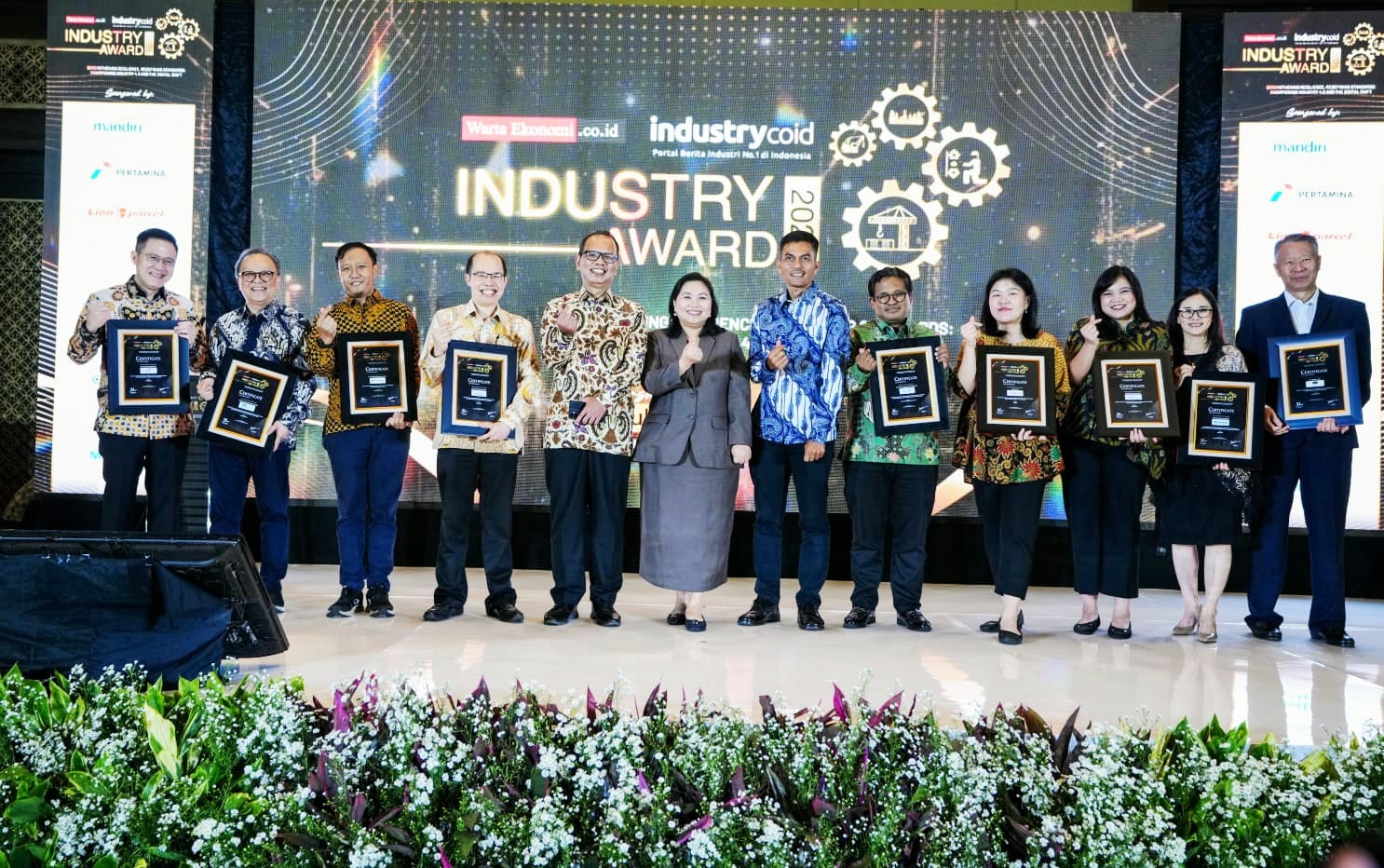The Ministry of Industry reaffirmed its commitment to strengthening the resilience and competitiveness of Indonesia’s industrial sector through digital transformation, downstreaming, and equitable industrial development.
This strategy is seen as essential for sustaining national economic growth amid evolving global challenges.
“Industry is a vehicle to deliver real benefits to the people through the development of an industrial ecosystem,” said Emmy Suryandari, Special Advisor to the Minister of Industry for the Acceleration of Industrial 4.0 Transformation, during the 2025 Industry Award themed "Strengthening Resilience, Redefining Standards: Championing Industry 4.0 and The Digital Shift."
Industrial Ecosystem Building as a National Development Strategy
Emmy highlighted that industrial development is not solely about building factories or increasing investment but about deepening and strengthening the industry structure from upstream to downstream.
She emphasized that national industry must be aligned with goals such as economic independence, job creation, industrial resilience, and environmental sustainability as the foundation for the country’s future.
Manufacturing Sector Shows Strong Contribution Amid Global Pressures
Indonesia’s manufacturing sector continued to contribute significantly to the economy. In 2023, the country’s Global Manufacturing Value Added (MVA) reached USD 255.96 billion, far surpassing the global average of USD 78.73 billion. This placed Indonesia 12th in the world and highest in ASEAN.
In the first quarter of 2025, the manufacturing sector contributed 17.50% to GDP and supported national exports totaling USD 196.5 billion throughout 2024.
Despite these achievements, the industrial sector faces serious challenges due to global protectionism, geopolitical tensions, and fluctuating energy and raw material prices.
The Purchasing Managers’ Index (PMI) stood at 46.9 in June 2025, indicating contraction. In this context, domestic market protection and demand strengthening are considered key to maintaining industrial continuity.
Six Strategic Priority Clusters Drive Industrial Policy
The Ministry of Industry has established six priority clusters as the strategic framework for national industrial development:
- Downstreaming and raw material availability with competitive natural gas pricing.
- Development of industrial zones and supporting infrastructure.
- Strengthening domestic industry, including small and medium industries, the halal industry, and increased local product spending.
- Industrial modernization and digitalization through Making Indonesia 4.0 and sector restructuring.
- Enhancement of industrial human resources competence.
- Transition toward a green industry in line with the Net Zero Emission target.
Digital Transformation and Industrial Zoning Reform Support Regional Equity
As of June 2025, 1,545 industries had conducted self-assessments via INDI 4.0. Among them, 29 industries were designated as National Lighthouse, and 2 as part of the Global Lighthouse Network.
Training and mentoring have reached over 20,000 industrial professionals and SME actors.
“Digital transformation has proven to significantly impact INDI 4.0 champion companies, particularly in reducing energy consumption, increasing productivity and efficiency, and lowering production costs,” Emmy explained.
The Ministry also updated industrial zoning regulations through Government Regulation No. 20 of 2024 on Industrial Zoning.
A key revision allows for the development of Certain Industrial Zones under 50 hectares in specific conditions, such as marine product, textile, digital, and strategic regional industries, including in Special Economic Zones and Free Trade Areas.
Emmy expressed appreciation for industrial players recognized for their success in transformation and innovation.
“May these achievements inspire other industrial players to continue innovating, grow sustainably, and build a resilient, inclusive, and future-oriented national industry,” she added.
PHOTO: KEMENPERIN
This article was created with AI assistance.
Read More






 Friday, 21-11-25
Friday, 21-11-25







